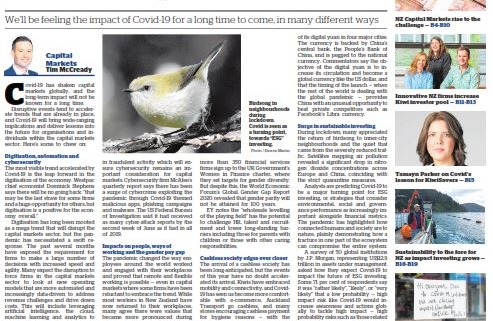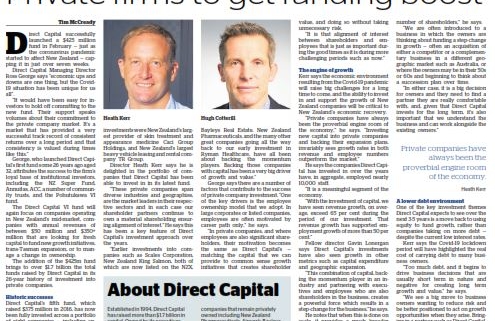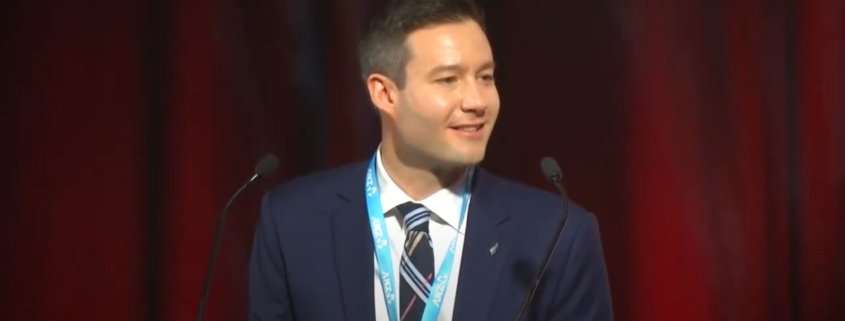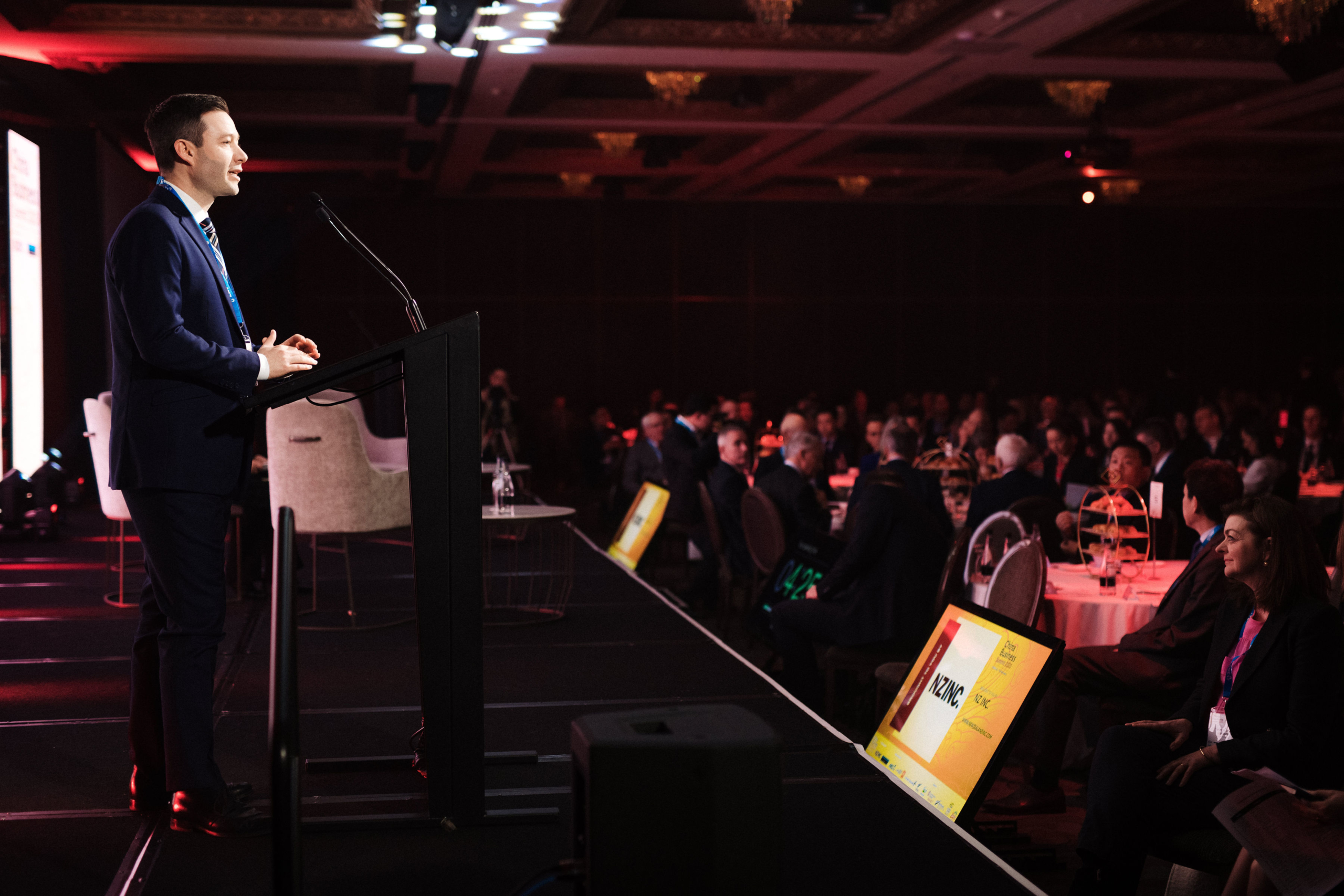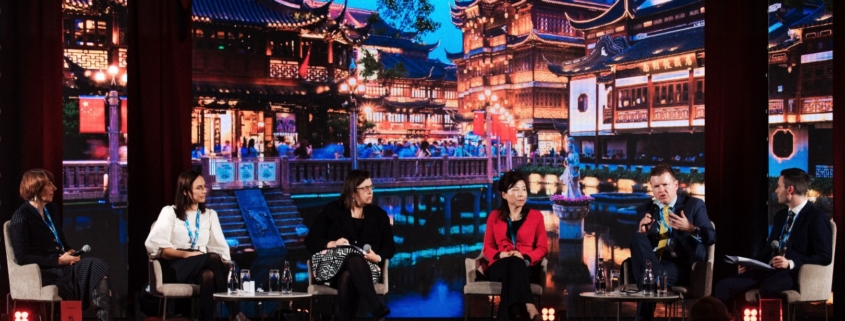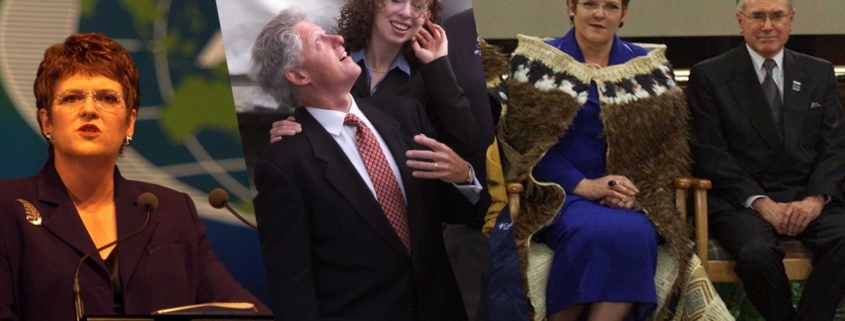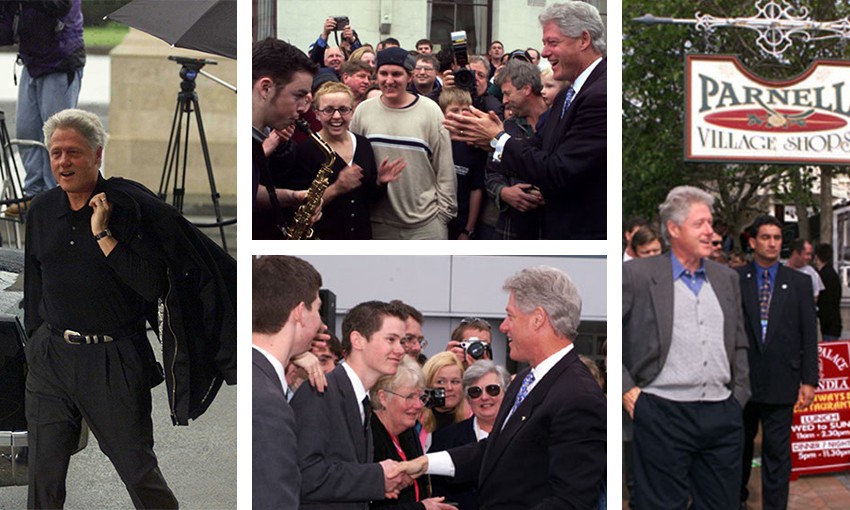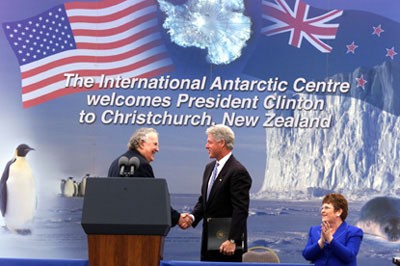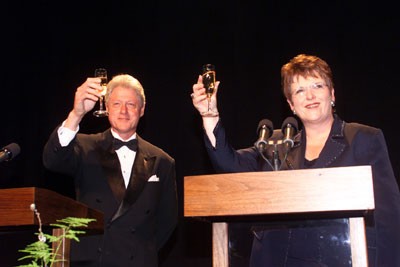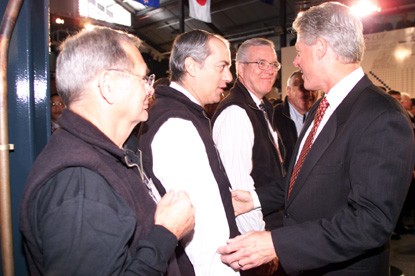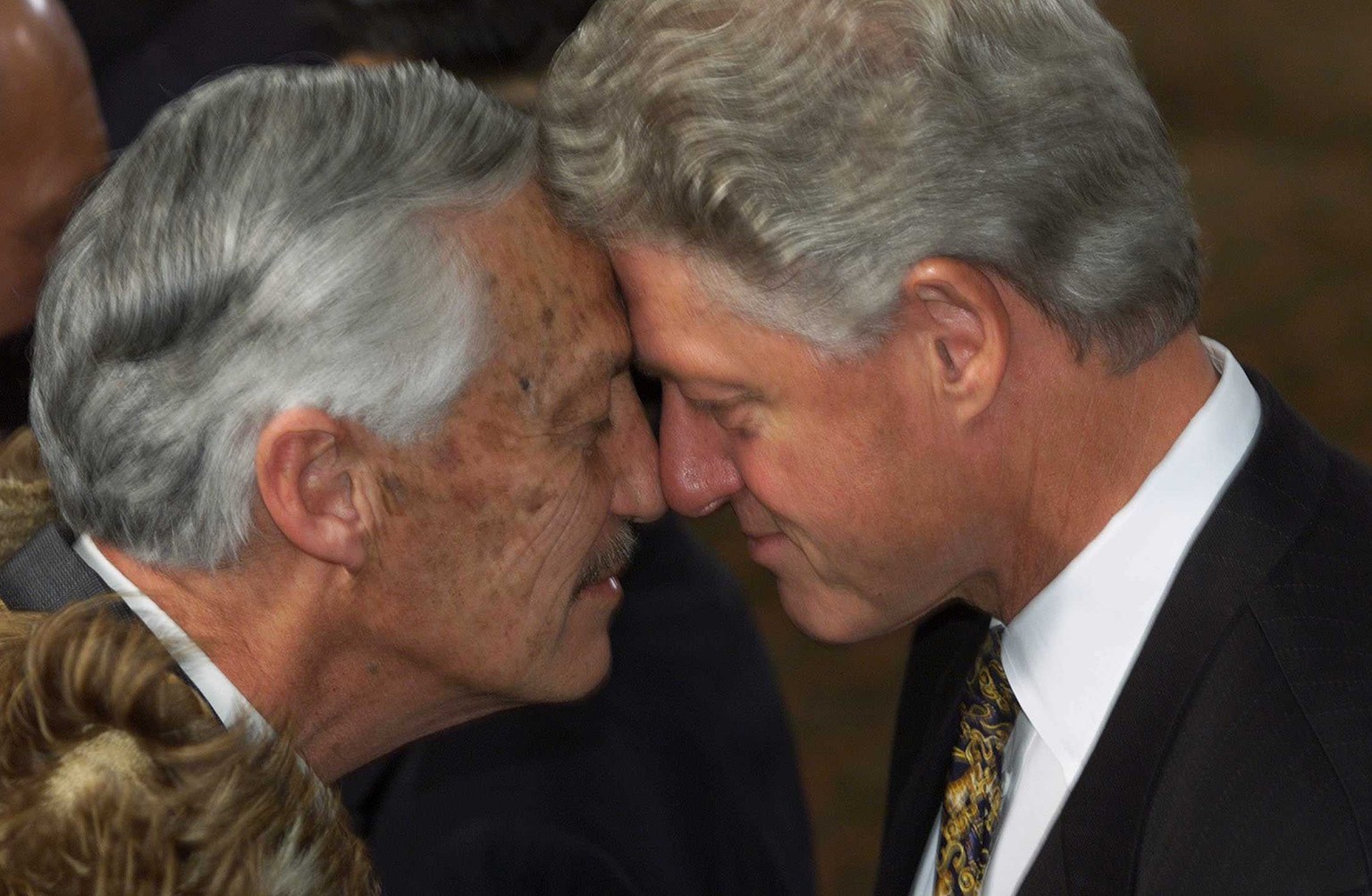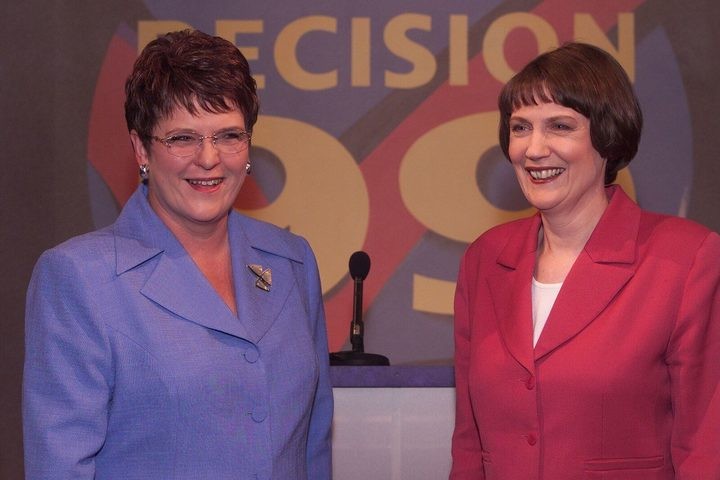Capital Markets: Lessons and trends from the pandemic (NZ Herald)
We’ll be feeling the impact of Covid-19 for a long time to come, in many different ways
Covid-19 has shaken capital markets globally, and the long-term impact will not be known for a long time.
Disruptive events tend to accelerate trends that are already in place, and Covid-19 will bring wide-ranging implications and deliver lessons into the future for organisations and individuals within the capital markets sector. Here’s some to chew on:
Digitisation, automation and cybersecurity
The most visible trend accelerated by Covid-19 is the leap forward in the digitisation of the economy. Westpac chief economist Dominick Stephens says there will be no going back: “that may be the last straw for some firms and a huge opportunity for others, but digitisation is a positive for the economy overall.”
Digitisation has long been mooted as a mega trend that will disrupt the capital markets sector, but the pandemic has necessitated a swift response. The past several months have exposed the requirement for firms to make a large number of decisions with increased speed and agility. Many expect the disruption to force firms in the capital markets sector to look at new operating models that are more automated and increasingly data-driven to address revenue challenges and drive down costs. This will include leveraging artificial intelligence, the cloud, machine learning and analytics to drive efficiency, improve productivity and improve competitiveness.
Increased competition from fintech firms has been eating away the market share from traditional players. Prior to Covid-19, industry giants in the capital markets were making moves to acquire and collaborate with fintech start-ups. This is expected to continue at pace, as they acknowledge openly the need for innovation to bolster their capability and agility.
However, the rapid digital transformation and changes in the way business is conducted has also brought with it a significant increase in fraudulent activity which will ensure cybersecurity remains an important consideration for capital markets. Cybersecurity firm McAfee’s quarterly report says there has been a surge of cybercrime exploiting the pandemic through Covid-19 themed malicious apps, phishing campaigns and malware. The US Federal Bureau of Investigation said it had received as many cyber-attack reports by the second week of June as it had in all of 2019.
Impacts on people, ways of working and the gender pay gap
The pandemic changed the way employees around the world worked and engaged with their workplaces and proved that remote and flexible working is possible — even in capital markets where some firms have been reluctant to embrace the trend. While most workers in New Zealand have now returned to their workplaces, many agree there were values that became more pronounced during lockdown that we should try to hold on to. Organisations are now considering how they can be more flexible, agile and have a heightened awareness of employee wellbeing. At the same time, they want to ensure that the quality of work and productivity remains high.
A recent EY article questions whether this flexibility, reprioritisation of goals and consideration of what is important could help to close the gender pay gap. Firms in the capital markets are continuing to face requirements to become more diverse. In Europe, France is demanding a 40 per cent quota of women on boards. The UK has had more than 350 financial services firms sign up to the UK Government’s Women in Finance charter, where they set targets for gender diversity. But despite this, the World Economic Forum’s Global Gender Gap Report 2020 revealed that gender parity will not be attained for 100 years.
EY notes the “wholesale levelling of the playing field” has the potential to challenge HR, talent and recruitment and lower long-standing barriers including those for parents with children or those with other caring responsibilities.
Cashless society edges ever closer
The arrival of a cashless society has been long-anticipated, but the events of this year have no doubt accelerated its arrival. Kiwis have embraced mobility and connectivity, and Covid-19 has seen us become more comfortable with e-commerce, Auckland Transport go cashless, and many stores encouraging cashless payment for hygiene reasons — with the contactless eftpos limit temporarily raised from $80 to $200.
The Bank for International Settlements released a bulletin in April, noting that Covid-19 has fanned public health concerns around the use of cash. It said that looking ahead, developments could speed up the adoption of digital payments around the world, including central bank digital currencies.
In China, digital payment platforms are already widespread, including Alibaba’s Alipay and Tencent’s WeChat Pay — so much so that in many stores cash is not accepted. Taking this a step further, China is launching a pilot programme of its digital yuan in four major cities. The currency is backed by China’s central bank, the People’s Bank of China, and is pegged to the national currency. Commentators say the objective of the digital yuan is to increase its circulation and become a global currency like the US dollar, and that the timing of the launch — when the rest of the world is dealing with the global pandemic — provides China with an unusual opportunity to beat private competitors such as Facebook’s Libra currency.
Surge in sustainable investing
During lockdown, many appreciated the return of birdsong to inner-city neighbourhoods and the quiet that came from the severely reduced traffic. Satellites mapping air pollution revealed a significant drop in nitrogen dioxide concentrations across Europe and China, coinciding with the strict quarantine measures.
Analysts are predicting Covid-19 to be a major turning point for ESG investing, or strategies that consider environmental, social and governance performance as increasingly important alongside financial metrics. The pandemic has highlighted how connected humans and society are to nature, plainly demonstrating how a fracture in one part of the ecosystem can compromise the entire system.
A survey of 50 global institutions by J.P. Morgan, representing US$12.9 trillion in assets under management, asked how they expect Covid-19 to impact the future of ESG investing. Some 71 per cent of respondents say it was “rather likely”, “likely”, or “very likely” that a low probability — high impact risk like Covid-19 would increase awareness and actions globally to tackle high impact — high probability risks such as those related to climate change and biodiversity losses.

